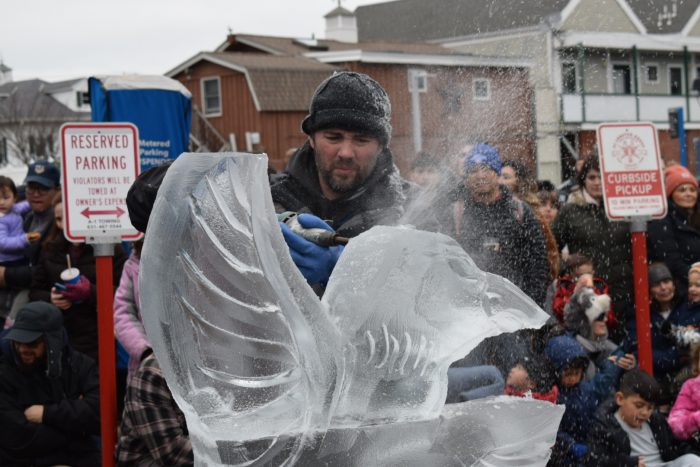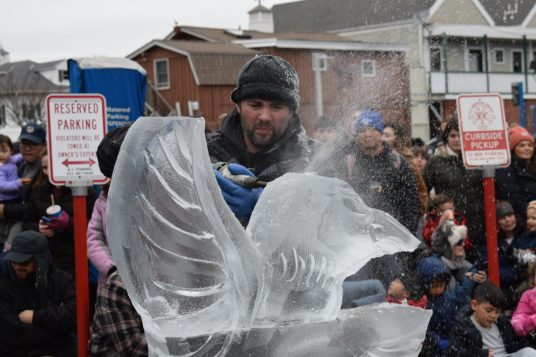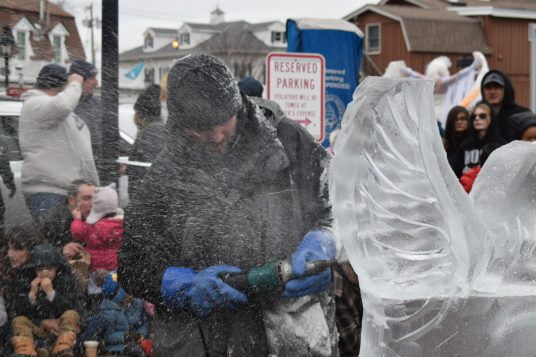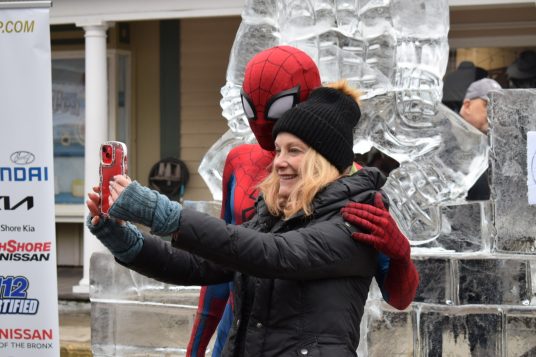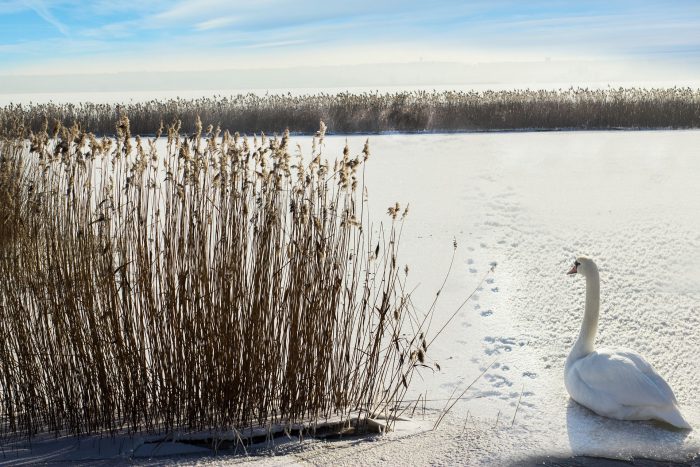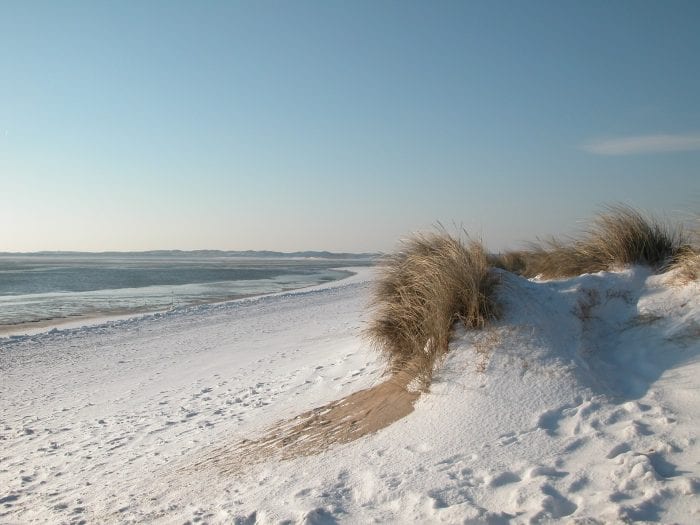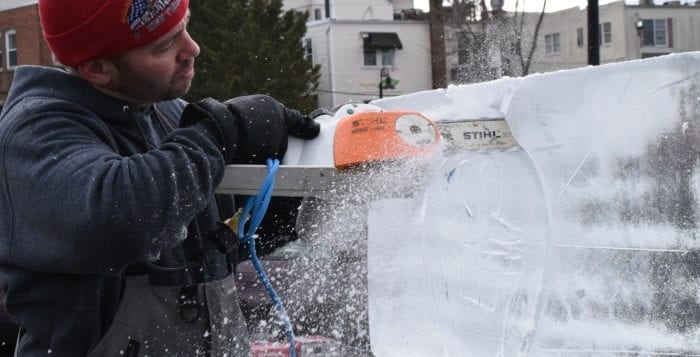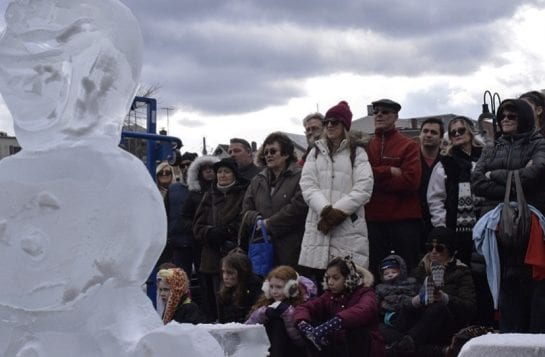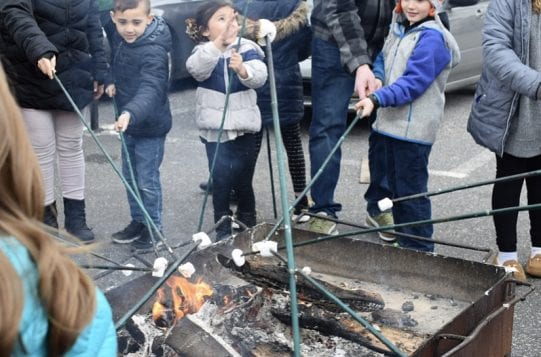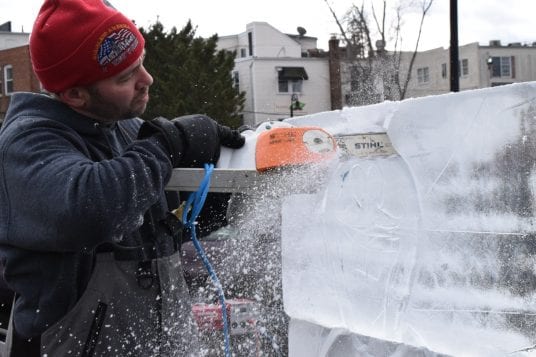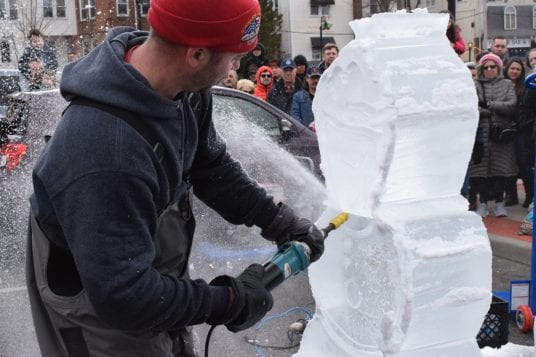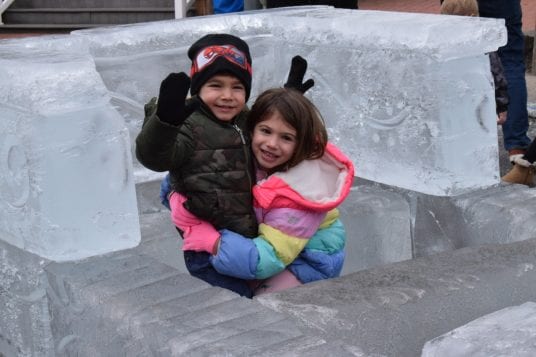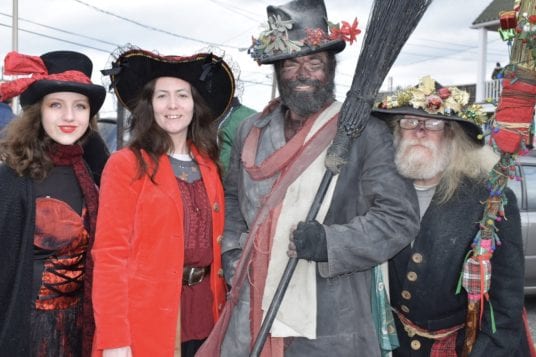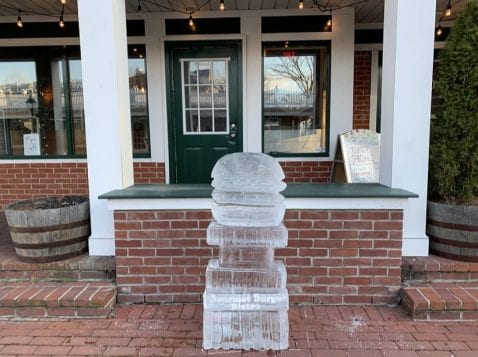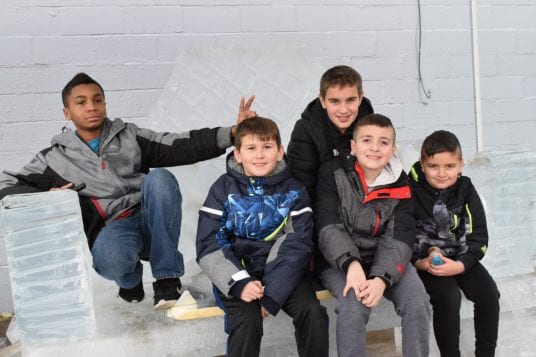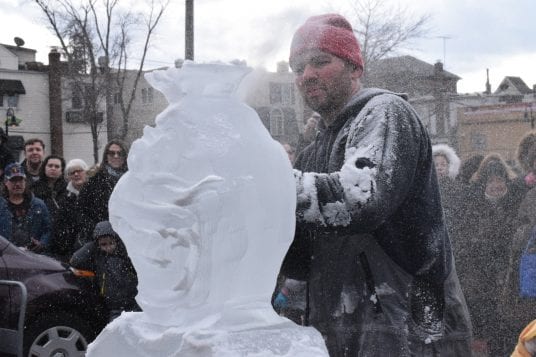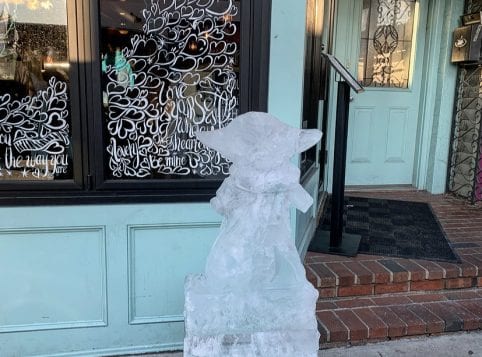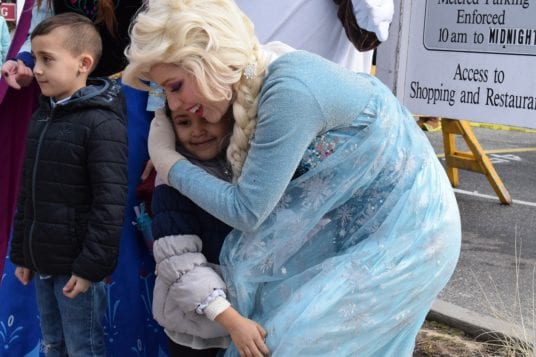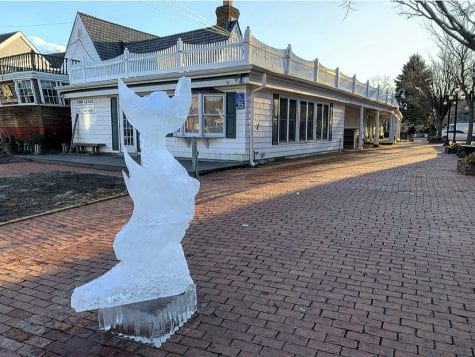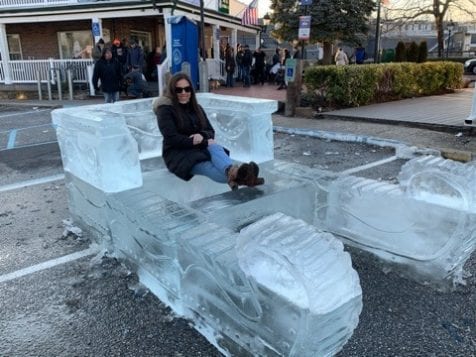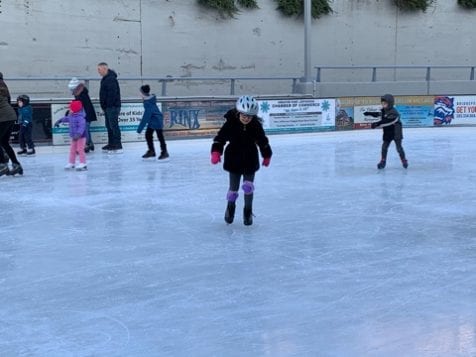By Daniel Dunaief

It’s hard to come up with a short list of the pros or cons of skiing. The experience, with everything from getting there, to being there, to trekking home, is filled with, if you’ll pardon the pun, ups and downs.
I’d like to share a few observations from our recent venture to the slopes.
For starters, just being in the mountains is extraordinary. The air is fresh, clear and clean and the views of snow-capped peaks and valleys are inspiring. Of course, you have to get to those mountains, which can require anything from a long drive to a flight filled with challenges and delays.
On a recent trip, our flight to those magnificent mountains involved sitting in a row on the plane that was exceedingly hot. When I asked the flight attendant why the plane was so warm, she explained that we were likely sitting near the engines.
The way home was no picnic either, because those wonderful winter storms that bring snow caused us to have a five hour delay, coupled with another hot ride home that suggested that the entire plane must have been sitting too close to the engines. Other passengers complained that they were wearing tank tops and jeans and sweat through their pants.
Back to the positive, the chairlift experience often is an opportunity to meet interesting and compelling people during a short but jovial journey. In one such conversation, I met a precocious nine-year old boy named Stephen, who told me he and his family, including his mother with whom we rode the lift, had recently visited London and Paris. He said he liked the food better in Paris, but that the food in London had improved over the years.
“And how would you know that?” his flabbergasted and amused mother asked.
He shrugged.
“My mom travels a lot for her work, so she’s not always around,” Stephen said. “Sometimes, we get to go with her to fun places, though.” That statement seemed to offer an interesting window into the dynamic in their household.
Those chair lift rides, however, can take longer to board and to ride than expected. The lifts can stop at inopportune times, near a snow gun that blankets skiers and snowboarders with snow we’d prefer were beneath our feet rather than trickling down our necks. Other times, people on those lifts swing their legs back and forth, making me feel as if I’m on someone else’s suspended rocking chair.
On a trip down the slopes, the speed and movement can be exhilarating. The swishing sound of the snow and the speed of the wind, without any mechanical noise from an engine, can allow us to experience the world at higher speeds, as the sound of rushing air and sliding skis combine to form a whispering symphony. At the bottom, our tired but rejuvenated muscles can relive the excitement from our self-directed ride.
We are not the only ones on the slopes and, while we might enjoy the thrill of a high speed run, we may also brace ourselves for the possibility that other skiers or snowboarders might push themselves beyond their limits. We could become bowling pins on a mountain, as others lose control, barrel into us and knock us down.
In the moment, the great unknown over the next plateau presents the opportunity to anticipate and embrace the terrain ahead. Perhaps the untrodden snow just past the peak has perfectly packed powder, the mogul (or bump, in modern parlance) is the right height and dimensions to catch some air, or the width and steepness of the slopes is exactly as we imagine when we dream of the ideal slope.
The other side of that peak, however, may have thin cover, with grass or even exposed rock, while someone may have taken a spill just beyond what we can see, turning them into obstacles we have to avoid.
While the pieces of equipment makes it possible for us to traverse snow covered mountains deftly, they are not designed for everyday maneuvering. Walking through a parking lot in ski boots can be torture for our shins, which may take days or more to forgive us for our skiing indulgence.
And, finally, the weather can offer the kind of glorious sunshine that transports us into an Ansel Adams poster or inserts us into picture postcard, with light shimmering off the tops of mountains, causing snow covered trees to glow. Then again, Mother Nature doesn’t care how much you spent on lift tickets and is perfectly happy to throw wind, rain, sleet and snow at you from every direction.

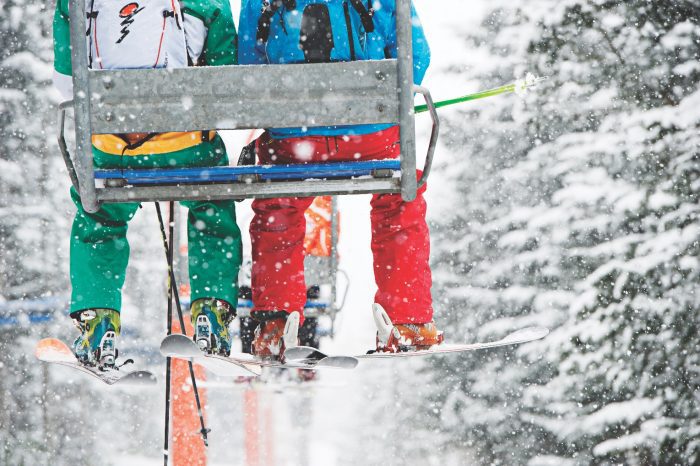
 Without a little prep work and routine maintenance, winter weather can wreak havoc on your home. Following a few simple steps can help you avoid frozen pipes, drafty rooms and slippery sidewalks.
Without a little prep work and routine maintenance, winter weather can wreak havoc on your home. Following a few simple steps can help you avoid frozen pipes, drafty rooms and slippery sidewalks.